
By Ron Bernthal
A road and rail tunnel 11.4 miles long will dramatically reduce the journey time between Denmark and Germany. The somewhat controversial project finally started construction in summer 2020, after a decade of geotechnical and environmental impact studies, and a debate between environmentalists who fear ecological damage, and those with business interests who favor the shortened route. Although some opposition groups are still appealing the verdict to begin the project, construction work is continuing in Denmark, and will move into German terriroty as tunnel construction progresses.
The European Union gave its blessing to the approximately US$10.3 billion Fehmarnbelt (Fehmarn Strait) Fixed Link several years ago, and after its expected completion in 2029, it will connect the Danish island of Lolland with the German island of Fehmarn, located just to the south on the other side of the strait. Since both islands are already well integrated into their respective national infrastructures with roads and bridges, the new tunnel will provide a direct road and rail route between Copenhagen and Hamburg. 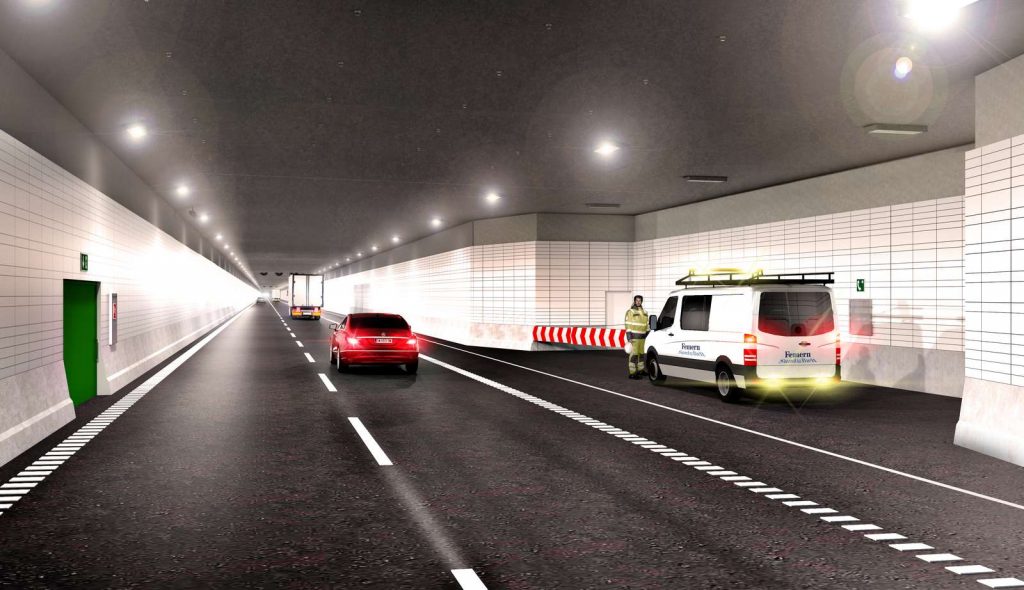
(image credit Femern)
Unlike the Channel Tunnel, which is only accessible to trains (both passenger and vehicle trains), the plan is to run a four-lane motorway through the Fermarnbelt tunnel, alongside a double track railway. And this tunnel is to be immersed, rather than bored; it will effectively lie in big pipes on the sea bed about 131 feet below the surface of the Baltic Sea, and will become the longest combined road and rail tunnel anywhere in the world.
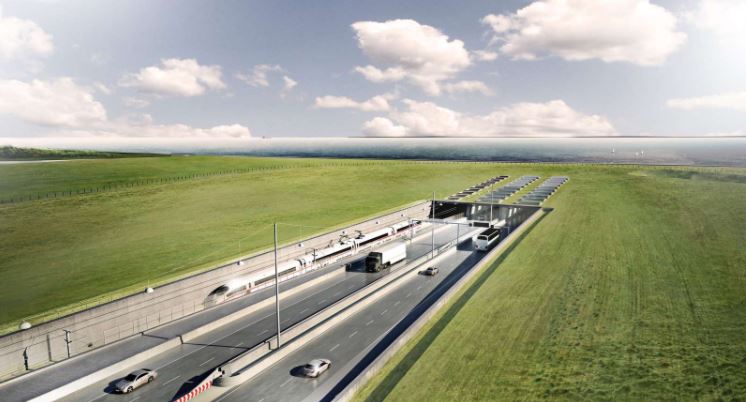
(image credit Femern)
Germany of course already has a long land border with Denmark, but Denmark’s archipelago of islands has always dictated tediously circuitous travel routes. When the new tunnel is completed, the travel time between Copenhagen and Hamburg will be a little over two hours, instead of the 4.5-6.5 hours it presently takes by road or rail. The shortened travel time will certainly help the economies of the regions affected.
“Today, if you were to take a train trip from Copenhagen to Hamburg, it would take you around four and a half hours,” said Jens Ole Kaslund, technical director at Femern A/S, the state-owned Danish company in charge of the project, in a CNN interview. “When the tunnel will be completed, the same journey will take two and a half hours.
The funding and construction of the tunnel is mostly being shouldered by Denmark, with some contributions from the EU. Germany is developing the land-based facilities on the German end, and it is expected that a high toll will be collected to help offset the construction costs and maintaining the underwater link. Security will be another expense. This will be the first general access international undersea tunnel in Europe, and could be an obvious target for terror attacks.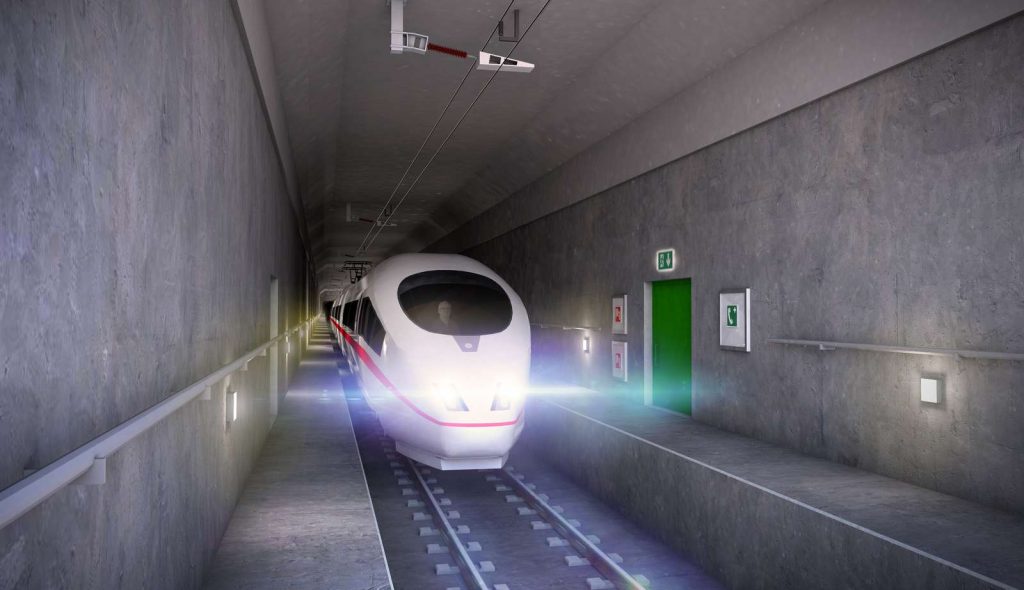
(Image credit Femern)
One casualty, however, is likely to be the present ferry links between Gedser, Denmark and Rostock, Germany, the only European ferry which still accommodates trains, and the passenger ferries from Trelleborg, Sweden (near Malmo) to Lubeck, Germany (near Hamburg). 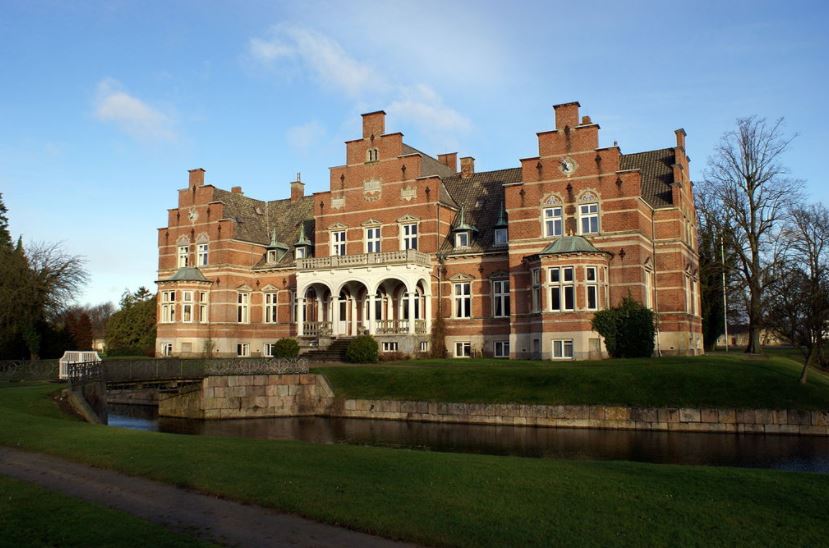
Fugslang, a former mansion, is now a cultural center on the Danish island of Lolland. (photo Jens G. Clausen)
Lolland is the fourth largest island of the Danish archipelago, its coastline broken by the Sakskøbing and Nakskov fjords. The island is a summer vacation spot for many Europeans and will certainly see more year-round residents and visitors now that tunnel construction has started in the island town of Rødbyhavn. 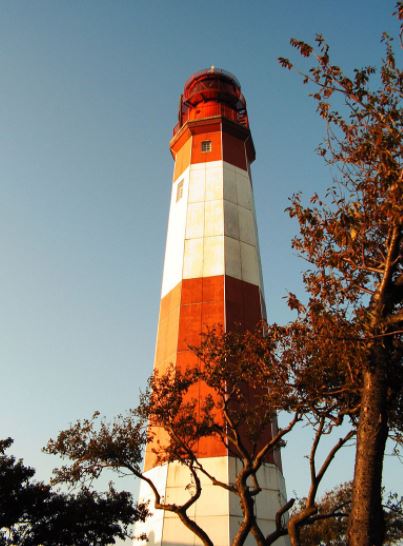
The Flugge Lighthouse on Fehmarn Island, Germany (photo Jens G. Clausen)
Fehmarn Island, with 2,200 hours of sun annually, endless natural beaches along its 46 mile coastline, is also popular holiday destination during northern Europe’s summer season. The island town of Puttgarden is where the tunnel will begin or end (depending on the traveler’s direction). 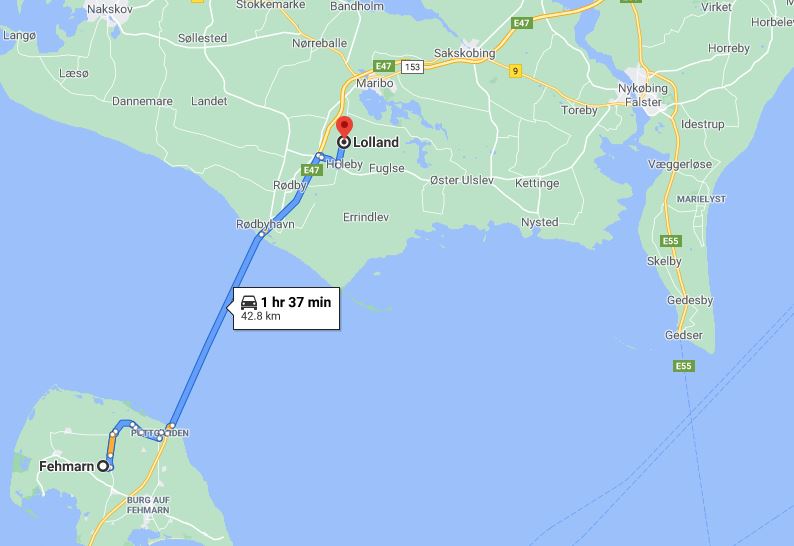
Local environmental groups in the region are concerned about the ecological impact the tunnel will have on reefs, destruction of the seabed, and even long-term dangers for Germany’s only native whale, the harbor porpoise, for which a protected area has been designated. “We are dealing with a unique underwater habitat, with extensive boulder fields densely covered with colorful sponges, bushy branched moss and Tang,” said Dr. Kim Detloff, the Protection Director for Germany’s Nature and Biodiversity Conservation Union (NABU). “There is a also a plethora of flatfish here in the Baltic Sea, so the ecological damage to the area must always be reassessed.” 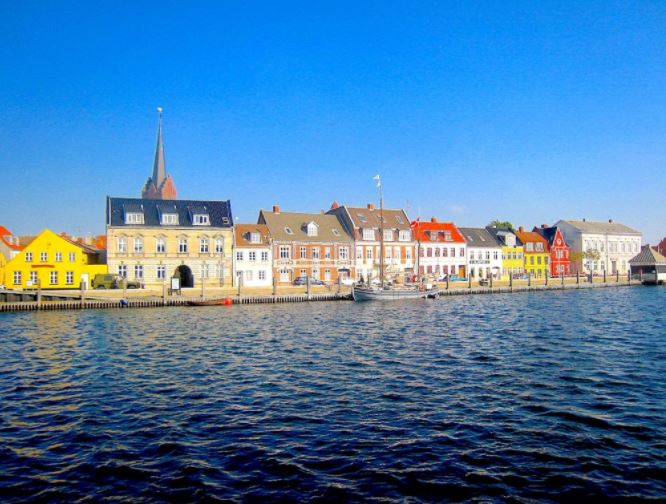
Rødbyhavn, on Denmark’s Lolland Island, where tunnel construction has started. (photo Antje Zimmermann)
The marine and coastal areas of the Fehmarnbelt offer a wide range of habitats for breeding and non-breeding waterbirds. The most abundant and, based on their consumption, the ecologically most important species in the Fehmarnbelt are the molluscivorous seaducks Common Eider, Common Scoter and Long-tailed Duck. Seaducks mainly prey on bivalves and other molluscs and are known to be able to substantially deplete the food resources on their wintering grounds and their numbers may be related to the carrying capacity of the wintering areas. 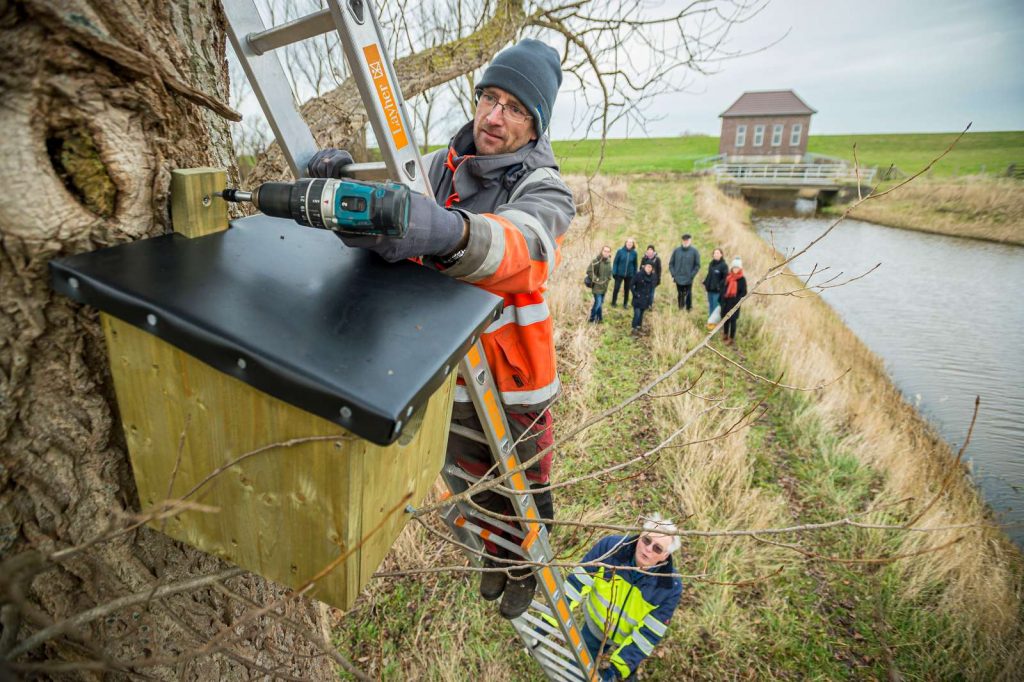
Construction company Femern A/S installing waterbird nesting boxes as part of environmental compensation measures on Fehmarn Island in 2019 (photo copyright Olaf Malzahn/Femern A/S)
Habitat changes resulting from sediment spills or hydrological changes from construction or operation of a fixed link across the Fehmarnbelt are thus regarded as relevant impact factors which were addressed in the Environmental Impact Studies.
There is also concern on both islands about the increase in trucks and passenger vehicles entering and leaving the area, and how this will affect the safety and air quality of the islands. Although both Lolland and Fehmarn have long-established ferry ports and land connections, will the faster train and auto route between two major European cities (Copenhagen and Hamburg) adversely affect their reputation as peaceful and beautiful summer vacation destinations?
Residents and businesses on both islands have many years to ponder the big question: “How will the opening of the tunnel affect our lives?”
The construction company has set up a webcame that broadcasts a livestream from the site of the tunnel construction in Rødbyhavn on the Danish island of Lolland.
https://femern.com/en/Construction-work/Livestream
